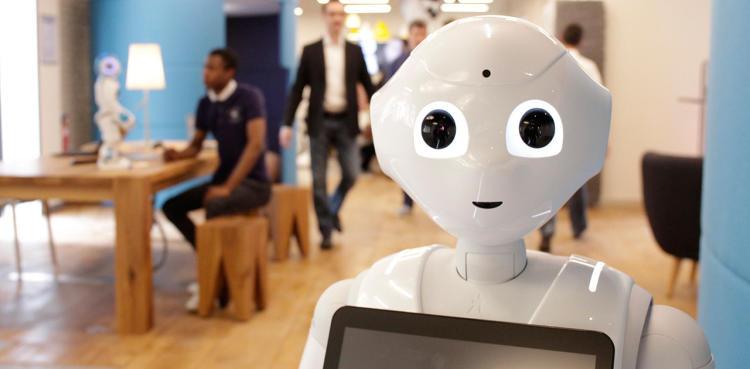Legal status for robots
January 21, 2017 | Expert Insights
With a robotic revolution around the corner, a legal framework is prudent.
On 11 Jan 16, it was reported that the European Parliament is preparing to vote, on the first set of comprehensive rules, regarding how humans should interact with robots and Artificial Intelligence (AI). The European initiative should be watched with interest because it is widely believed, the world is at the threshold of an industrial revolution, in robotics. The draft legislation is expected to grant robots the legal status of an electronic person and also have a kill-switch to ‘force shut-down’, the system. The draft law also proposes registration of robot products, access to source codes, liability in the event of robot accidents and even an ethics committee.
If the European Parliament votes in favor of the legislation, the bill shall be presented to individual governments, for further debate and amendments, prior to becoming European law.
What could a Revolution in Robotics Mean for Humanity?
Proliferation of robots with associated benefits of no labor costs, machine efficiencies and round-the-clock working, could bring virtually unbounded prosperity to mankind. It also raises substantial questions. Will there be relevance for individual wealth? Would humans need to work for a living? Would nations build on Finland’s experiment and provide ‘basic income’, to all its citizens.
Where have we reached in Robotics?
Last year, China’s University of Science & Technology revealed an interactive robot that looks like a woman and is called Jia Jia. The robot capable of facial expression and lip movements is perhaps the first prototype of cyborgs, in the real world. In the next 5-10 years, robots can be expected to take on a range of tasks, considered menial by humans, in restaurants, nursing homes, hospitals, public places and even households. In Jan 2017, Amazon has patented a large robust flying drone (mother ship) with lots of smaller drones for carrying heavy packages. There has been progress in soft robotics by using materials like silicon and gases, which should enhance capacities at machine-human interfaces. Robotic arms are already being used in surgery. In 2016, there were equally impressive progress in AI, particularly with conversation and voice activated commands.
What are the Isaac Asimov Laws?
Isaac Asimov (1920-92) is a celebrated science-fiction writer, whose writings are used to reference science-fiction movies, even today. He raised concerns about robot-human relationships, individual privacy and human safety. He is also remembered for his thought-provoking three laws of robotics. The 1st Law states robots shall not harm a human being. The 2nd Law states that robots shall obey human orders, except when such orders conflict with the 1st Law. The 3rd Law states that robots shall protect their own existence as long as it does not conflict with the 1st and 2nd laws.
Assessment
The transition from human labor to machine labor, should fundamentally alter the way humans live. However, the immediate impact of the transition will have a disruptive impact on employment, income and normal human-pursuits. Thereafter the proliferation of robots at industrial-scale revolution could result in the evolution of an egalitarian human society. That transition may not be smooth but it is certainly is about to begin.


